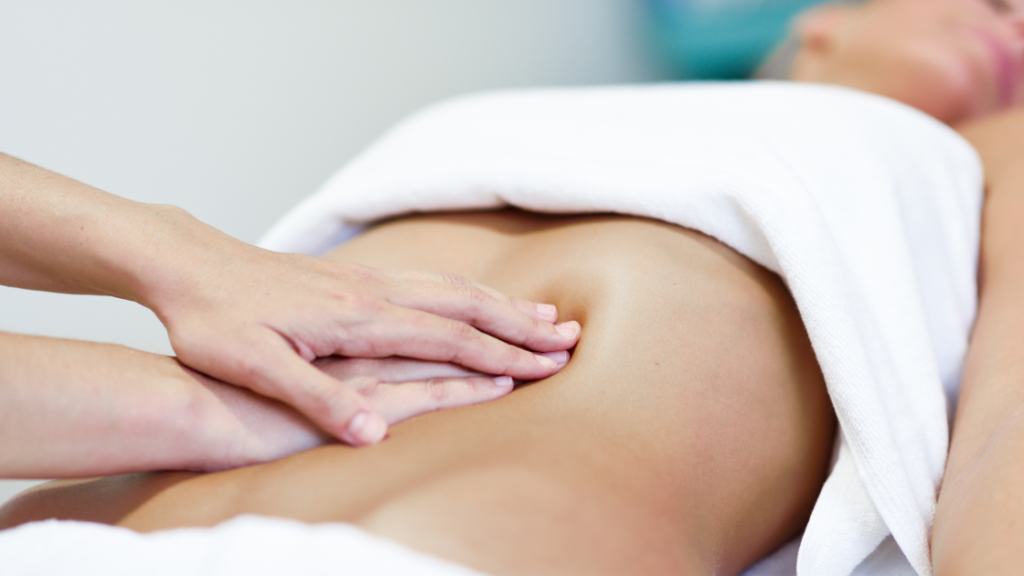How to Get Rid of Gas in the Stomach: Natural Remedies and Techniques
Dealing with a gassy stomach can be uncomfortable and sometimes even painful. Whether it’s caused by certain foods, indigestion, or other factors, finding relief is essential. In this blog post, we will explore natural remedies and techniques to help you get rid of gas in the stomach. Including the belly massage techniques for gas.
Understanding the Causes of Gas in the Stomach
Before we delve into the remedies, it’s important to understand what causes gas in the stomach. Gas can be produced when we swallow air while eating or drinking, or it can be a byproduct of the digestive process. Some common causes of gas include:
- Consuming carbonated beverages
- Eating gas-producing foods like beans, lentils, broccoli, cabbage, onions, and carbonated drinks
- Chewing gum or using tobacco products
- Overeating or eating too quickly
- Food intolerances or sensitivities
- Indigestion or gastrointestinal disorders
Now that we have a better understanding of the causes, let’s explore some natural remedies and techniques to relieve gas in the stomach.
1. Belly Massage for Gas Relief
One effective way to alleviate gas in the stomach is through belly massage. Massaging the abdomen can help stimulate digestion, relieve bloating, and encourage the release of trapped gas. The massage should not take long. It only takes a few minutes, but you can do it yourself. Here are some directions to follow for a belly massage:

- Start by finding a comfortable position, either sitting or lying down.
- Apply a small amount of oil or lotion to your hands to reduce friction.
- Using gentle, circular motions, begin massaging your abdomen in a clockwise direction.
- Gradually increase the pressure as you continue the massage.
- Focus on the lower abdomen, where the gas is often trapped.
- Continue massaging for 5-10 minutes or until you feel relief.
Remember to listen to your body and adjust the pressure and duration of the massage according to your comfort level. Belly massage can be done daily or as needed for gas relief.
2. Dietary Changes for Gas Relief
Along with belly massage, making certain dietary changes can also help reduce gas in the stomach. Here are some tips to consider:
- Avoid or limit gas-producing foods: Certain foods are known to produce more gas in the digestive system. These include beans, lentils, broccoli, cabbage, onions, and carbonated drinks. Limiting your intake of these foods can help alleviate gas.
- Eat slowly and chew thoroughly: Eating too quickly can cause you to swallow air, leading to gas in the stomach. Take your time while eating and make sure to chew your food thoroughly before swallowing.
- Avoid artificial sweeteners: Some artificial sweeteners, such as sorbitol and mannitol, can cause gas and bloating. Check the labels of sugar-free products and chewing gum to ensure they don’t contain these sweeteners.
- Try a low-FODMAP diet: FODMAPs are certain types of carbohydrates that can cause digestive issues in some individuals. Following a low-FODMAP diet may help reduce gas and other gastrointestinal symptoms. Consult with a healthcare professional or registered dietitian for guidance.
- Stay hydrated: Drinking enough water can help promote healthy digestion and prevent constipation, which can contribute to gas. Aim to drink at least 8 glasses of water per day.
By making these dietary changes, you can reduce the likelihood of experiencing gas in the stomach and promote better digestion.
3. Other Techniques for Gas Relief
In addition to belly massage and dietary changes, there are other techniques you can try to get rid of gas in the stomach. These include:
- Physical activity: Engaging in light physical activity, such as walking or yoga, can help stimulate digestion and relieve gas.
- Applying heat: Placing a warm compress or hot water bottle on your abdomen can provide relief from gas and bloating.
- Taking over-the-counter remedies: There are over-the-counter medications and supplements available that can help alleviate gas symptoms. However, it’s important to consult with a healthcare professional before taking any new medications or supplements.
- Practicing relaxation techniques: Stress and anxiety can contribute to digestive issues and gas. Incorporating relaxation techniques such as deep breathing, meditation, or yoga can help reduce stress and promote better digestion.
Remember, what works for one person may not work for another, so it’s important to find the techniques that provide you with the most relief.
Conclusion
Dealing with gas in the stomach can be uncomfortable, but there are natural remedies and techniques that can help provide relief. Belly massage, dietary changes, and other techniques like physical activity and relaxation can all contribute to reducing gas and promoting better digestion. By incorporating these strategies into your routine, you can find relief and improve your overall digestive health.




